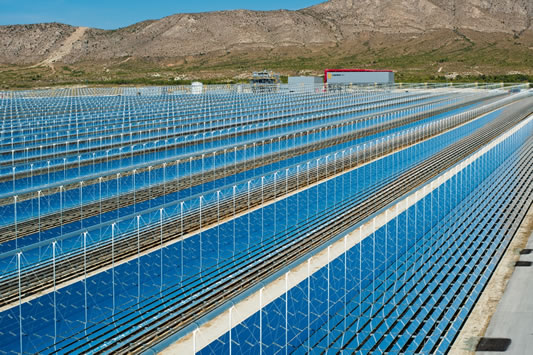The reasons for underperforming AC units
USA- According to the National Institute of Standards and Technology (NIST), the majority of air conditioners and heat pumps installed in the United States have efficiency levels lower than anticipated due to installation defects.
The allegations were made in a new NIST report that faulty installation is hampering US efforts to reduce the 30% share of the residential consumption of electrical energy used for cooling and heating.
The NIST research report is the first to quantify the efficiency losses of common facilities errors as documented in field surveys.
“Our measurements indicate that improper installation could increase household energy use for space heating and cooling on the order of 30 percent over what it should be,” says Piotr Domanski, who leads NIST research on the performance of HVAC and refrigeration equipment.
Domanski, Hugh Henderson CDH Energy Corp. and Mr. Vance Payne, a mechanical engineer from NIST carried out their measurement and modeling study over a three year period in response to surveys and other field evidence indicating that the HVAC equipment can lead to a considerable waste of energy. Frequently observed errors or installation defects included leaky ducts, incorrect refrigerant charges, oversized systems and restricted airflow.
In surveysconducted by the team, the majority of air-conditioning equipment evaluatedin the fieldhad lowerenergy efficiencyresults due toone or moreinstallationdefects.
“Degraded equipment performance was commonly found in air conditioners, heat pumps, and related equipment,” Domanski explained. “But most studies did not measure the increase in energy consumption due to a particular fault or combination of faults, which can be difficult to do in the field.”
In controlled environmental conditions, the team characterized the performance of a heat pump according to any one of the seven most commonly encountered defects. After determining how much each fault affected energy consumption in the laboratory, the researchers studied how these errors could affect residential energy consumption. These consumer studies were conducted in two different types of houses, one with a basement and the other built on a concrete slab and in five different climate zones. This part of the analysis was performed using a simulation tool developed by CDH Energy Corp.
Leaky air ducts were found to be the most common problem. Refrigerant undercharge and incorrect indoor airflow due to the poorly sized ducts were also among the main causes of a significant increase in energy consumption.
Other findings included the following:
- For six of the seven faults studied, associated increases in energy use are similar for slab-on-grade and basement houses. However, leaky air ducts installed in unconditioned attic space can cause the greatest increase in energy use in slab-on-grade houses.
- In hot and humid climates, duct leakage substantially increases indoor relative humidity, reducing human comfort. Occupants will typically lower the thermostat to compensate, which significantly increases energy use.
- With a few exceptions, simultaneous faults have additive effects on energy consumption.
Incorrect refrigerant charge
As evidenced by previous surveys cited in the report, improper refrigerant charge is a persistent problem. In a survey of 28 air conditioners in 1997, only 18% of the systems had the proper refrigerant charge. In 2002, a survey of 13,000 residential and commercial air conditioners found that 57% of all systems were incorrect charged. Things have not improved since 2004. A study of 55,000 units showed that 60% of commercial air conditioners and 62% of residential air conditioners had a faulty refrigerant charge. In a separate study over a period of three years and published in 2004, of the 4168 existing heat pumps, 72% had an incorrect refrigerant charge.














